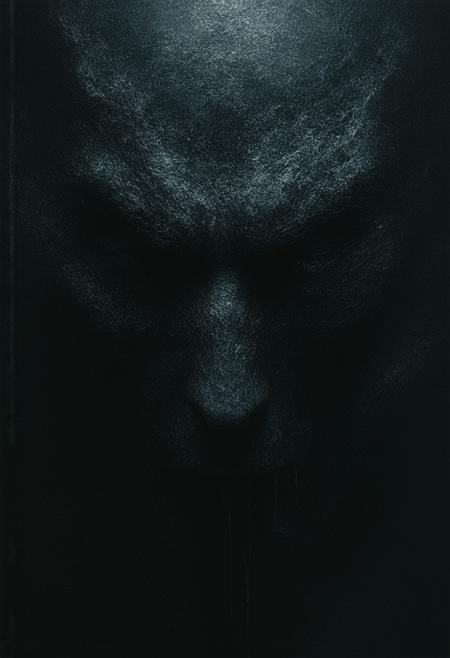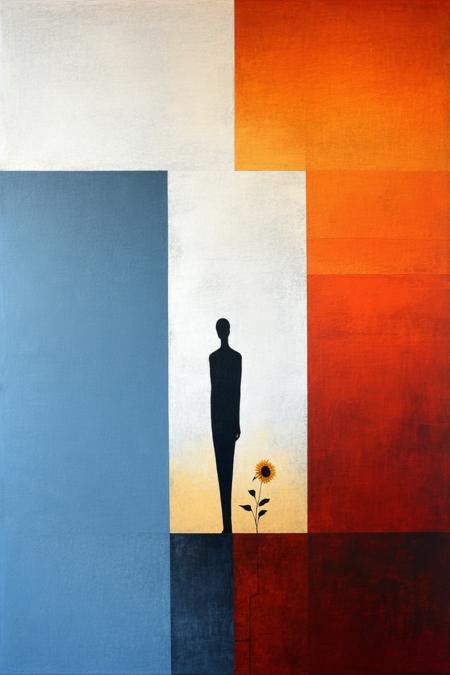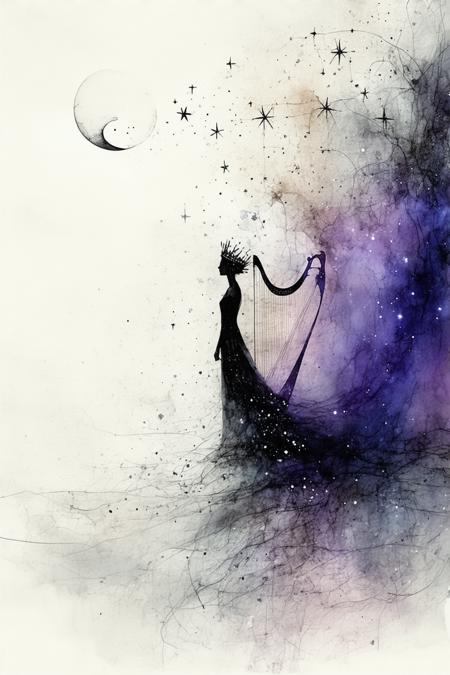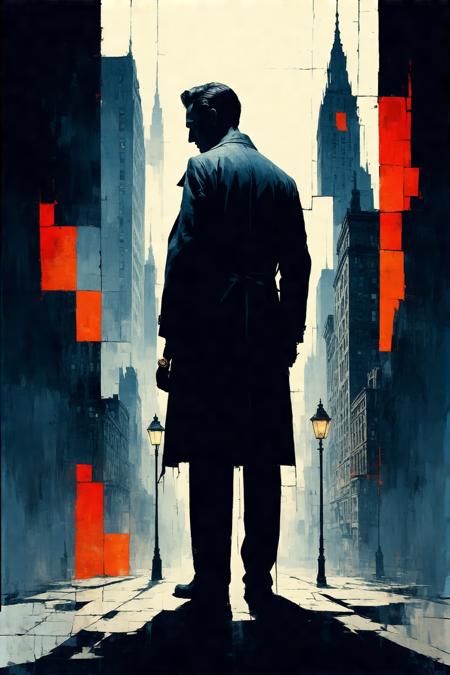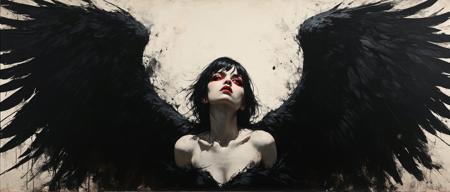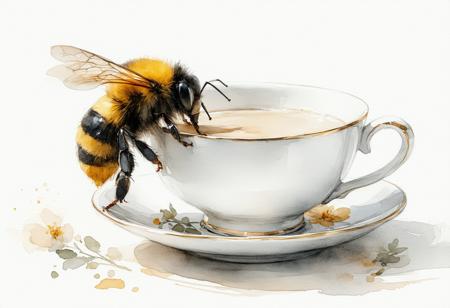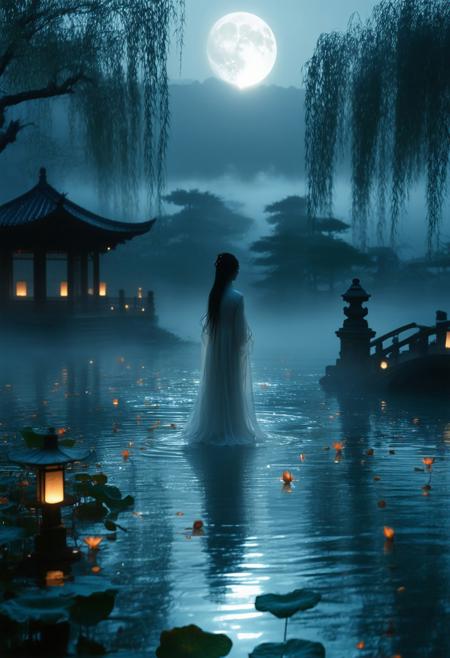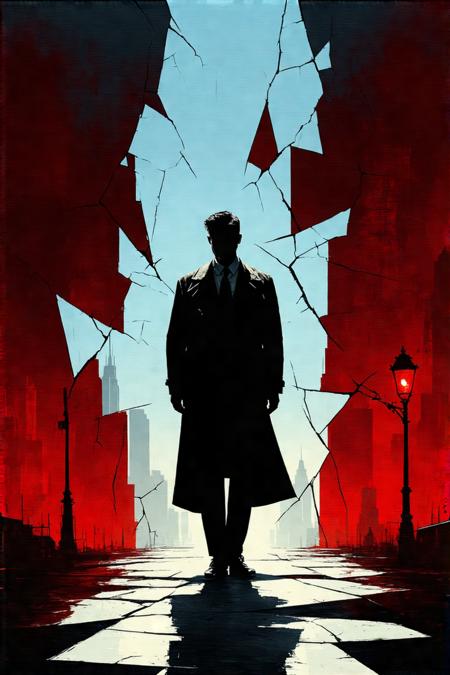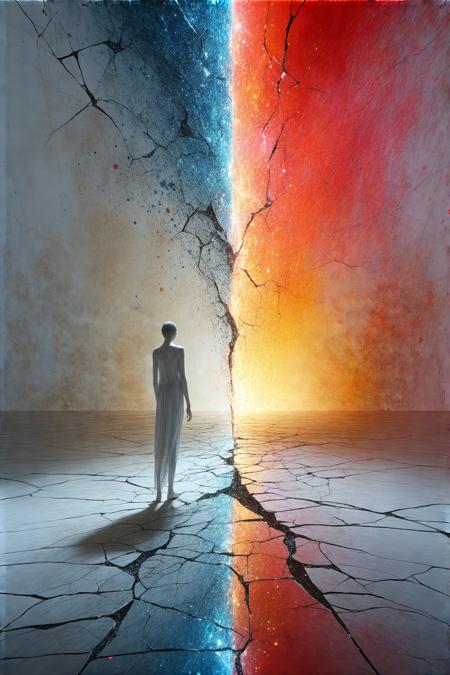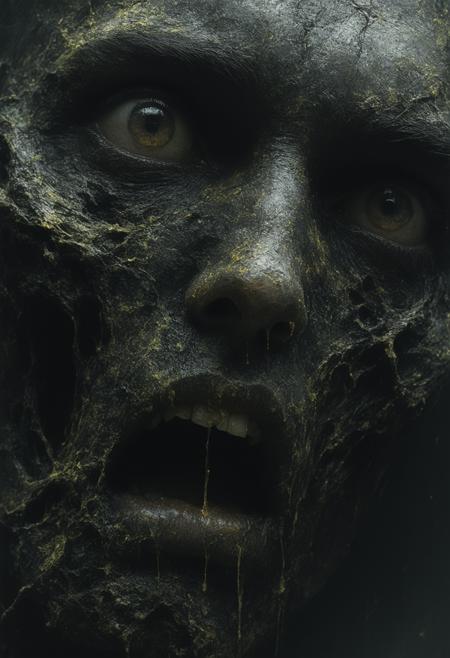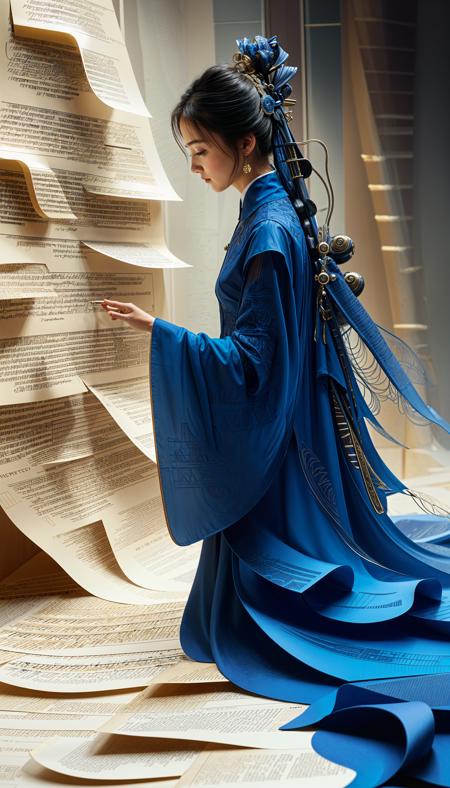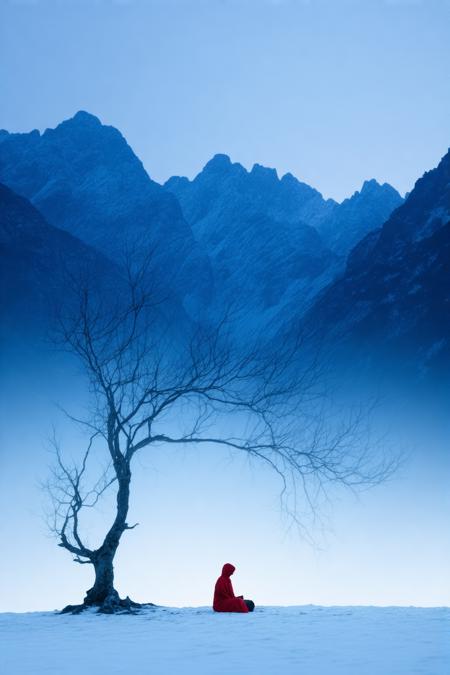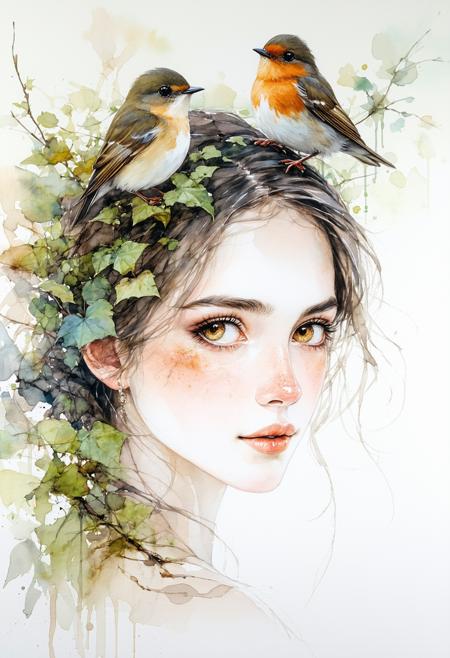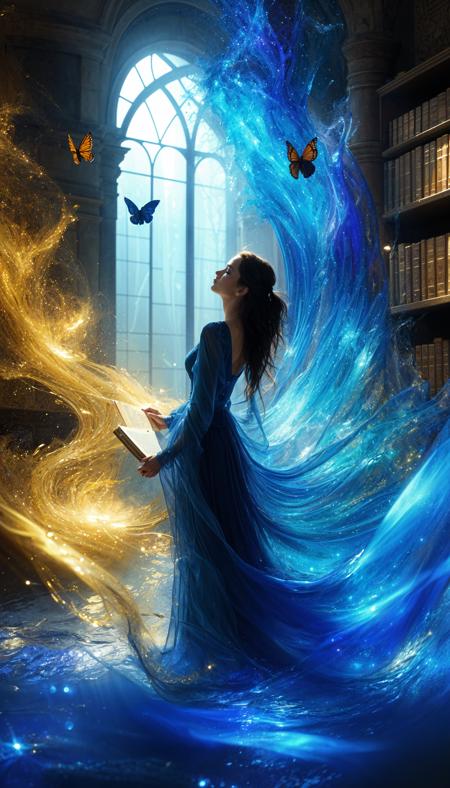magine a medieval knight, clad in gleaming armor, perched atop a humble donkey, both silhouetted against a breathtaking backdrop of exploding fireworks. The night sky is a canvas of vibrant colors, with bursts of light painting the air in hues of gold, blue, and magenta. The scene is bathed in the warm glow of the full moon, casting long shadows and adding a touch of magical realism. The knight’s helmet glints in the reflected light, while the donkey’s ears perk up in wonder. The atmosphere is a blend of whimsy and grandeur, as if the knight is embarking on a fantastical journey through a realm where the ordinary and the extraordinary coexist. The composition should evoke a sense of adventure and enchantment, drawing inspiration from the whimsical, detailed worlds of Hayao Miyazaki (Whimsical Fantasy) and the rich, illustrative style of James Jean (Illustrative Fantasy)


